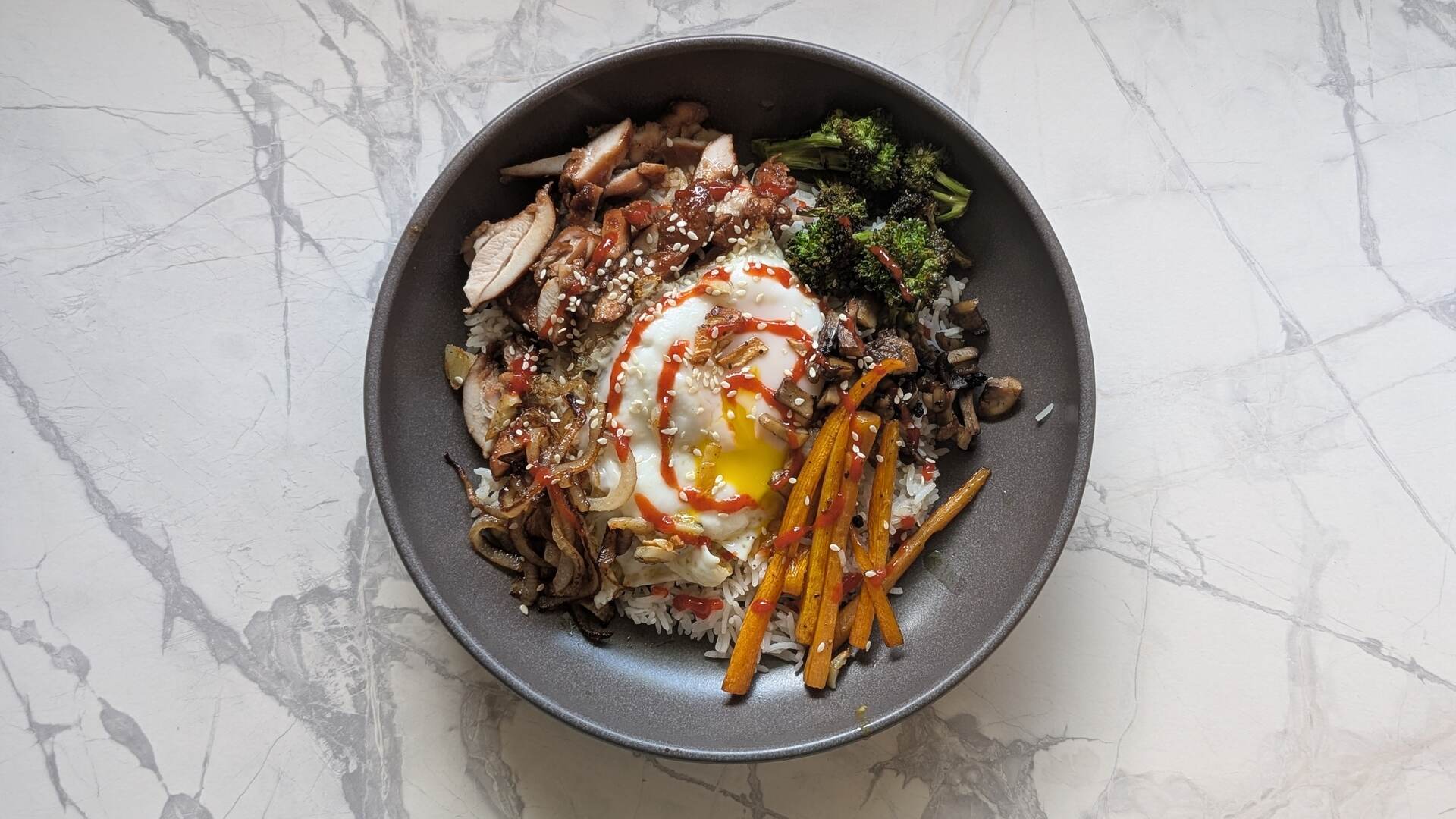- The Mouthful
- Posts
- How to Stock up on Spices
How to Stock up on Spices
+ the sake trend, corn starch substitutions, & more.

Good morning. Let’s dive into the best way to stock up on spices without spending tons of money, plus which ones to buy first, and how to make them last.
RECIPE BREAKDOWN🤯
The best way to stock up on spices

If it feels like there are endless amounts of spices and you aren’t sure which ones to stock up on… you’re not wrong. Here are a few spice tips & best ways to stock up on them.
Where to buy spices
1 — International supermarkets (Latin, Asian, Mediterranean, etc): these usually have spices in bulk for way cheaper than the average grocery store.
2 — By weight: Some grocery stores like Whole Foods let you buy spices by weight, usually at a better value than buying a whole jar. You can buy small quantities for a specific dish or just to try something out before committing.
3 — Online: If you don’t live in areas with specialty stores, you can get spices at great prices and good quality at most online retailers.
4 — Slowly stock up: If your only option is a regular grocery store, grab one spice at a time on your trips to slowly build out the cabinet.
Storage
The most important part about storing spices is keeping them away from open air, moisture, heat, and direct light.
The worst place to keep spices would be by the stove in an open container.
The best place to keep them is in a convenient place to cooking but also in sealed containers in a dark space, like a drawer.
Whole spices retain their aromas much longer than ground spices. In other words, pre-ground is fine for your most used spices, but buy whole spices for the specialty stuff and grind as needed.
Essential spices
This can vary for each person depending on what type of cuisines you like to cook, but consider these staples as you build out your spice rack.

Looking for more on spices? Check out Ethan’s beginner guide to spices here.
RECIPE RECOMMENDATIONS ✅
Spice lovers recipe collection

For dishes full of spices, check out our newly curated collection below:
FOOD TRENDS 🚀
Sake is everywhere

Is sake having its moment?
Sake is Japanese rice wine, and because it is grain based instead of fruit based like other wines, it is made through a process more similar to beermaking. It can range from dry to sweet with a complex aroma & taste. It is known for its clean and smooth taste and subtle flavors. It pairs well with lots of different cuisines, not just Japanese food.
Sake has grown in popularity in the US for the last several years. Why?
1 — Japanese restaurants & culture are on the rise
The US is now sake’s largest export market, a result of growing Japanese influence in America.
2 — Increased availability & quality
The growing import market has brought in many different kinds of sake, giving consumers a change to understand the beverage beyong cheap, hot sake shots.
3 — A lighter drinking option
Its subtle flavors and lower calories (per ounce compared to beer and wine) have made it a popular, easy drinking choice that pairs with almost any menu item.
Are you a fan of sake? |
READER Q&A 🧠
Corn starch alternatives

Question: “I can’t find cornstarch in my country. What are some alternatives and how do they compare?” - Edward L.
Answer: There are several starch alternatives for gluten-free cooking and baking. Depending on your recipe, these alternatives can serve as excellent thickening agents:
Arrowroot starch offers a neutral flavor, works well in both sweet and savory dishes, provides strong thickening power, and makes a good all-purpose substitute.
Tapioca starch creates a light and airy texture in baked goods, remains tasteless, and can help achieve a crispy crust for breading.
Potato starch features an extremely neutral taste, handles high temperatures well, and is great for baking and frying.
Rice flour is a great alternative to wheat flour, with a mild neutral flavor. It is made out of finely milled rice & also serves as a great thickening agent.
Our advice: Each of these has slightly different thickening properties, so pick one and stick to it so you can dial in how it works as a substitute!
Have a culinary question? Reply to send it in for a chance to be featured and get your question answered.
WINNING READER SUBMISSION 🏆
Bibimbap
This week’s dinner winner is Joshua W., who made bibimbap! Check out Ethan’s recipe here.

Reply with your best home-cooked food photos for a chance to win & be featured!
EXTRA HELPINGS 🍽️
A read: How to clean strawberries
In a minute or less: Tuna salad
What we’re watching: Why recipes can hold you back
Food science: Water
The Cook Well app is happening: Get in on early subscriptions

Was this forwarded to you? Subscribe here.
Not reaching your inbox? Try this.
Need more inspiration? View the newsletter backlog.